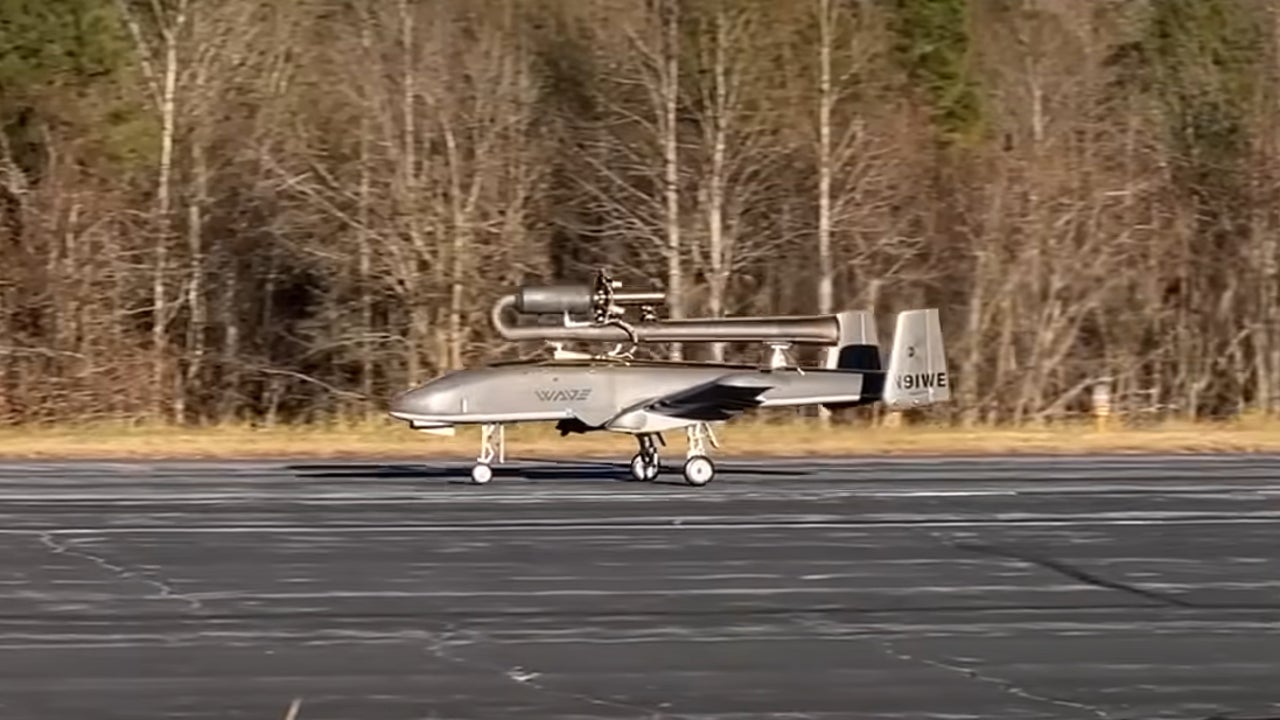In any machine with an engine, one of the great challenges is the propulsion system, the moving components that suffer wear and tear and often need repairs. And this is even more evident in drones used in military environments. Recently, Wave Engine Corp., experts in affordable next-generation propulsion technology and aerial systems, have demonstrated the flight capability of an autonomous vehicle using a jet enginespecifically one that works with pressure waves and requires no moving parts.
The demonstration flight included autonomous takeoff, climb, cruise and landing. The propulsion system is generally the most expensive and complex component of a jet aircraft, and this technological development involves Major improvements in the cost and rapid productivity of future jet aircraft. Wave engines are a class of aircraft engines that are powered by pressure waves rather than rotating machinery. Intermittent combustion inside a hollow tube produces pressure waves that propel hot gases and produce the necessary thrust.
In the case of this drone, the technology enables high speeds and an order of magnitude reduction in the cost and complexity of jet propulsion, which is a critical detail for an increasing number of applications requiring jet aircraft. affordable and fast production. For the demonstration flight, it was used a pressure wave engine of more than 222+ N as the only engine in a UAV conventional, about 45 kilos. Remote instantaneous starting with liquid fuel was also demonstrated as part of the flight sequence.
The company has developed engines that reach 1112 N of maximum thrust, suitable for a maximum weight of 450 kg, and has been proven to operate on gasoline/gasoline. (87 octane), kerosene-based fuel (Jet-A/JP-8) and sustainable ethanol-based biofuel (E85). The speeds they reached They reached speeds of over 300 km/h, a figure that was limited by the restrictions of the facilities in which the test was carried out. During the test it was also shown that the engine greatly reduces fuel consumption, compared to other systems.
This type of engine, in highly demanding military environments with little availability of spare parts or tools, a device with few or no moving parts is a real advantage.

